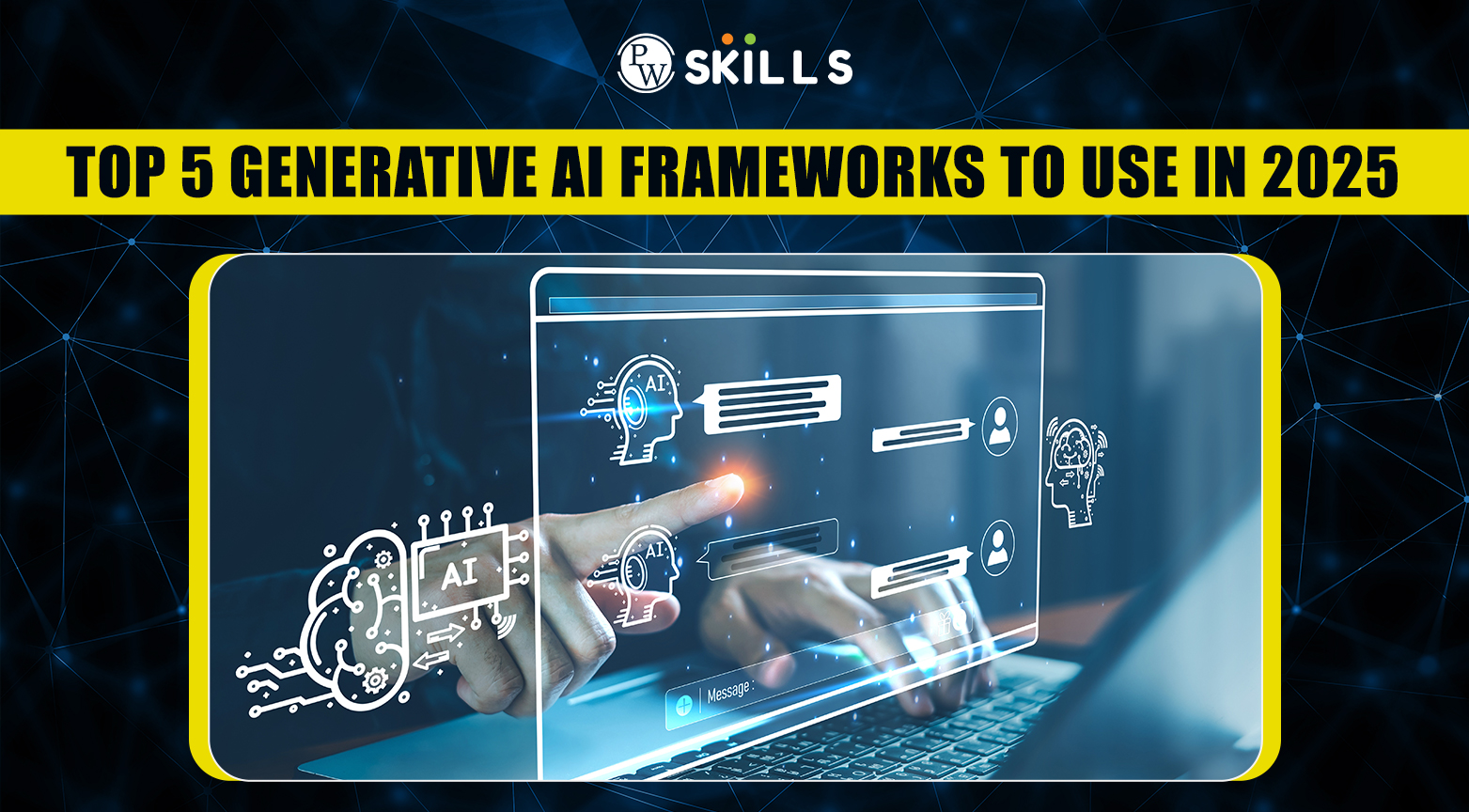Generative AI Frameworks are subsidiary platforms of Generative AI used to facilitate the creation, training, deployment, and optimization of gen AI models like LLMs. These models are trained to generate new and unique content in the form of text, audio, video, and images by finding and adapting to patterns from datasets.
Generative AI is not a set of pre-defined algorithms but is a creative platform that leverages the power of Gen AI models to create text, images, audio, video, etc. It continues to learn new patterns and evolve with new technologies. In this tutorial, we are about to be introduced to some of the popular generative AI frameworks for researchers, developers, and businessmen.
What are Generative AI Frameworks?
Generative AI frameworks enable GenAI models to create diverse and relevant content. These frameworks act as a principle guiding AI models like LLMs, and VAEs to understand the vast data pattern and produce a desirable unique result.
Generative AI frameworks simplify the process of finding patterns and making generative AI more accessible and optimized. This training is used to build the foundation for tasks ranging from simple text generation to image generation, powering machines to interpret advanced prompts.
Also, check the Best Generative AI Courses and Roadmaps for 2024
Features of Generative AI Frameworks
Some of the major features of Generative AI frameworks are mentioned below.
- It provides tools to build large scale models such as diffusion models and transformers.
- It contains pre-trained AI models that can be fine tuned for a specific set of tasks.
- It can be used to improve the model accuracy and prepare data for data processing
- Generative AI framework enables finding the hidden complex patterns in unstructured datasets
- APIs or libraries are used to integrate Generative AI into real world applications
- It forms the foundation of many tools and applications by automating the problem solving processes.
Also, check the difference Between AI and Traditional AI
Top 5 Generative AI Frameworks For 2025
1. Langchain
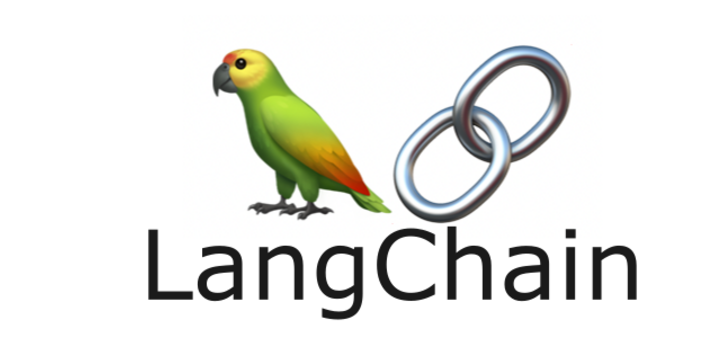
Langchain is an advanced generative AI framework suitable for GenAI professionals who are used to building software applications using LLMs. It is used to reshape the landscape of daily tasks and projects. Langchains help Large Language models in creating chatbots, games, and other ai powered applications
Features
- Easy integration with the available data such as APIs, databases, or web sources
- Provide tools for adding memory to the AI system
- Support integration with a large variety of application
- Offers utilities to manage, format, and optimise prompts
- Enables real time application and dynamic decision-making
LiamaIndex
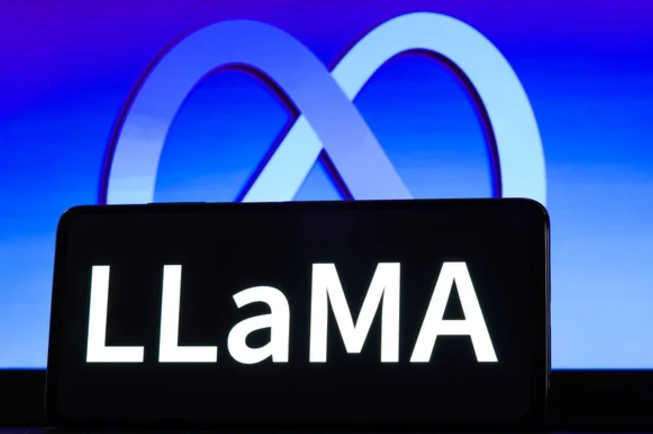
LIamaIndexW is a powerful generative AI framework that acts like a bridge between data and LLMs such as GPT 4.0. It is used to integrate Large Language Models with external data sources. It is useful in applications using LLMs to access, process, and generate deeper insights from large datasets.
Features
- It enables developers to create structured indices of external datasets
- Provide a mechanism to supply relevant context from large datasets to LLMs during query processing
- Easy integration with LLM models like GPT, LLaMA and enable solving context aware queries
- Supports connection with diverse data sources such as APIs, local files, and cloud data storage.
Microsoft Jarvis
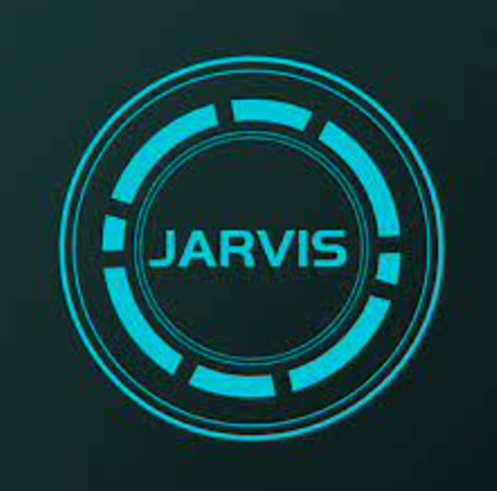
Jarvis is a generative AI framework used to help to simplify daily work. It easily integrates with the AI models to produce advanced results. Jarvis streamlines the workflow and maximizes the capacity and performance of the Large Langauge Models for generating output.
Features
- Easily connect with generative AI models like GPT to enhance the output capabilities for text and image processing
- It enables users to submit multi task queries all at once.
- Jarvis cannot run on normal PC and requires at least 16GB of VRAM and around 300 GB of storage space for various models
- It is a tool used for the evolution of artificial intelligence by changing the way professionals interact with AI technologies
MeshTenserFlow
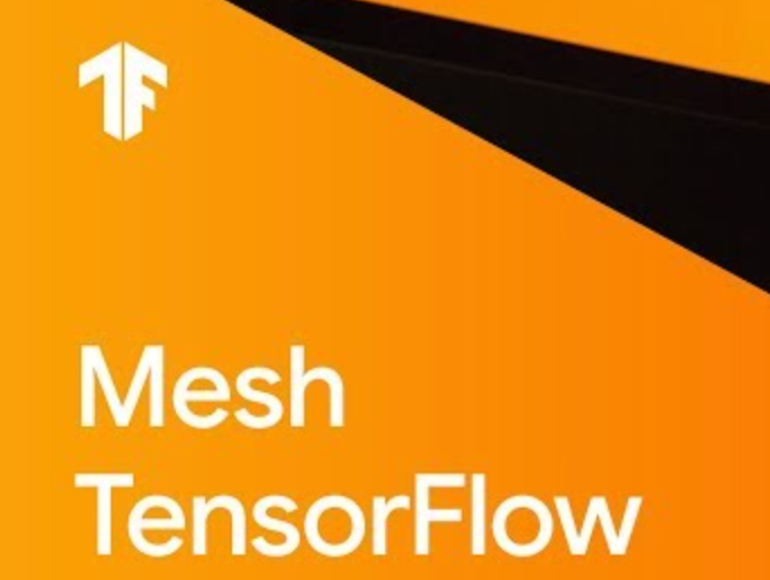
MeshTenserFlow is an open source framework built on TensorFlow which allows developers to train large-scale machine learning models efficiently on distributed computing systems. It can simplify parallelism making it easier to split computation across multiple devices.
Features
- It encounters various limitations such as high latency, memory constraints, inefficiency at small batch sizes
- It introduces a paradigm shift by offering a language for distributed tensor computations
- It can be used by professionals to implement data parallel and model parallel versions of the very complex ai models
- It helps GenAI projects outperform benchmarks like translation and more
- It is preferred for training state-of-the-art LLMs such as GPT based on transformer based architecture
Amazon Bedrock
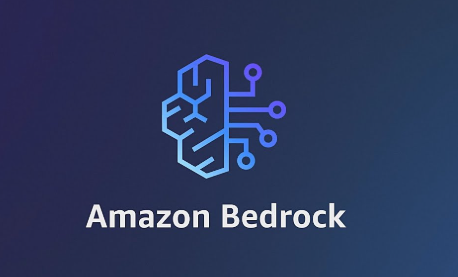
Bedrock is a generative AI service provided by AWS that is used to simplify the development and scaling of the foundation models allowing businesses to access multiple models through a single API. It is used to support tasks like text generation, image generation, Q&A simulation, summarization, and more without managing their own infrastructure from scratch.
Features
- It leverages developers to select optimal foundation models (FMs) tailored to meet their specific needs
- It is used for tasks like content summarization, answering text classification, and generation
- It provides a flexible pricing model which makes it preferable among developers
- It can enhance model outputs with real time, relevant data from proprietary sources.
- It simplifies deployment without significant computational costs
Top Popular Generative AI Frameworks In 2024
Let us throw some light on some more popular generative ai frameworks extensively integrated and utilised with Gen AI tools.
| Gen AI Framework | Objective |
| PyTorch | • Train generative models like GANs, VAEs, and transformers.
• Core for libraries like Hugging Face Transformers for NLP. |
| TensorFlow | • Train and deploy generative models.
• Supports image synthesis and audio processing. • Model sharing via TensorFlow Hub. |
| Hugging Face Transformers | • Specializes in NLP tasks.
• Provides pretrained models like GPT, BERT, and T5. |
| Stable Diffusion | • Image generation with diffusion models.
• Provides APIs and tools for custom image synthesis. |
| LangChain | • Build generative AI applications with large language models.
• Chain tasks and integrate external data sources. |
| Amazon Bedrock | • Simplifies AI application development on AWS.
• Access to multiple foundation models (FMs). |
| DeepSpeed | • Efficient training of large generative models.
• Memory-efficient ZeRO optimizations. |
| NVIDIA Jarvis | • Real-time AI-powered conversations and media synthesis.
• Designed for multimodal generative applications. |
Top Generative AI Tools for 2025
Let us check some of the popular generative AI tools making headlines for the past few years.
| Tool | Open Source AI Tools |
| ChatGPT (OpenAI) | No |
| DALL·E (OpenAI) | No |
| Runway ML | No |
| Stable Diffusion (Stability AI) | Yes |
| MidJourney | No |
| Jasper AI | No |
| Google DeepDream | Yes |
| Synthesia | No |
Generative AI Best Practices
It is important to know about the generative ai best practices before leveraging its computing power. Follow the generative ai best practices to ensure responsible use of generative ai frameworks. Check some of the best practices used in generative ai frameworks.
- Always prefer well processed data of high quality which went through proper cleaning and preprocessing before training.
- Evaluate models from time to time using diverse metrics to ensure optimal output quality
- Follow ethical consideration to balance the training data and assess the output for fairness.
- Implement mechanisms to prevent generative AI frameworks from producing misleading and harmful content
- Ensure that sensitive data is not utilised without proper authentication and verification
- Maintain continuous monitoring to adapt to new trends ensuring that the contents remain relevant and accurate
Learn Generative AI with PW Skills
Learn about the potential and job opportunities in generative AI by enrolling in our three-month Generative AI Course. Learn about artificial intelligence in detail, including the development of generative AI models, how they operate, tools, prompt engineering, and sophisticated generative AI software.
Strengthen your knowledge with PwC case studies and module level assignments within the course. Get free access to regular masterclasses in collaboration with PwC experts only at pwskills.com
Generative AI Frameworks FAQs
Q1. What are generative AI frameworks?
Ans: Generative AI frameworks are the advanced models which provide infrastructure enabling machines to create real time diverse content. These frameworks help Large Language Models (LLMs) to understand the patterns within the large dataset.
Q2. What are generative AI models?
Ans: The generative AI models provide advanced unique content generation capabilities such as ChatGPT, Copilot, BERT, Bard, etc. These models are trained using an unsupervised learning approach which helps create less predictable and variant output.
Q3. Is Chatgpt a Generative AI Framework?
Ans: ChatGPT is a subsidiary of Generative AI which uses various powerful algorithm to create new text output resembling human-like responses. It uses deep learning and a large language model to provide answers to the queries.
Q4. What are the examples of Generative AI frameworks?
Ans: Amazon Bedrock, Langchain, LlamaIndex, Jarvis, and MeshTenserFlow are some of the popular examples of generative ai frameworks.

